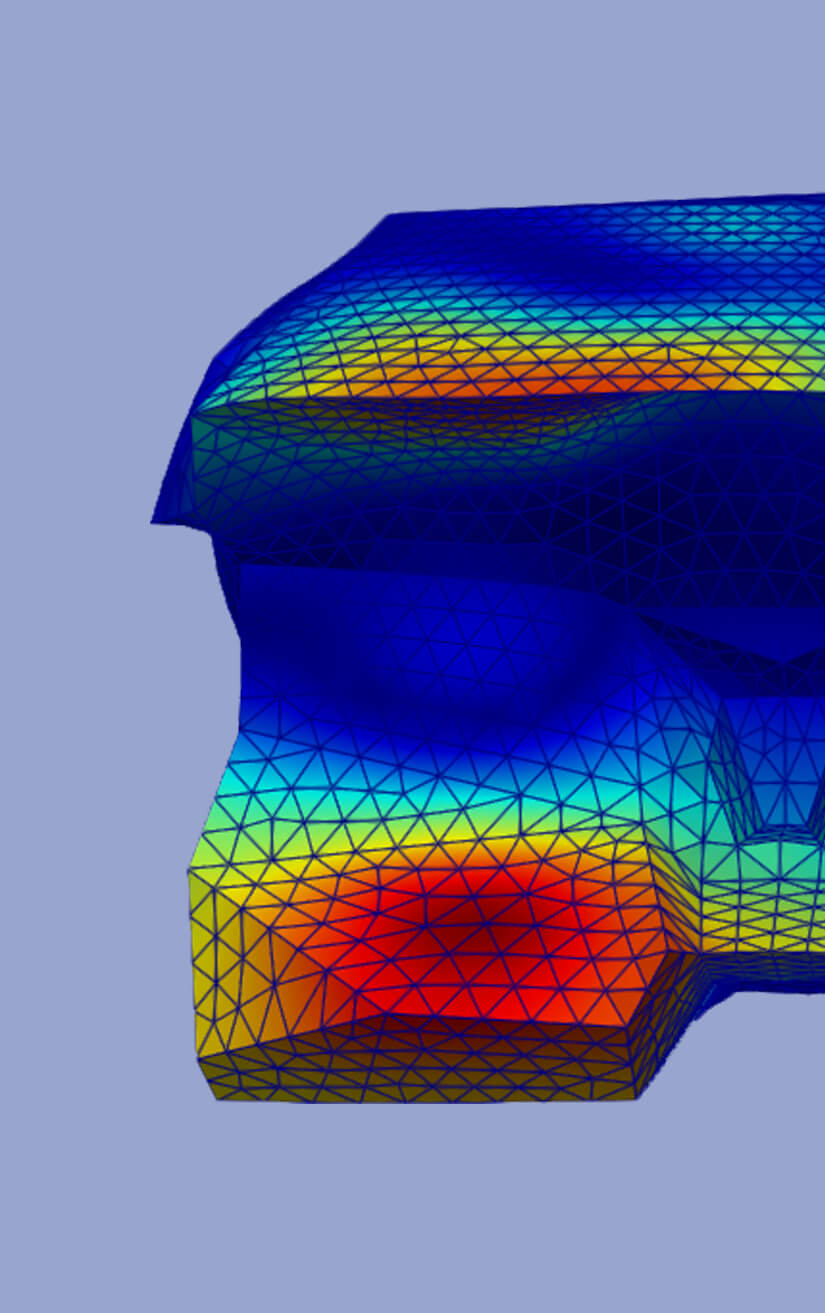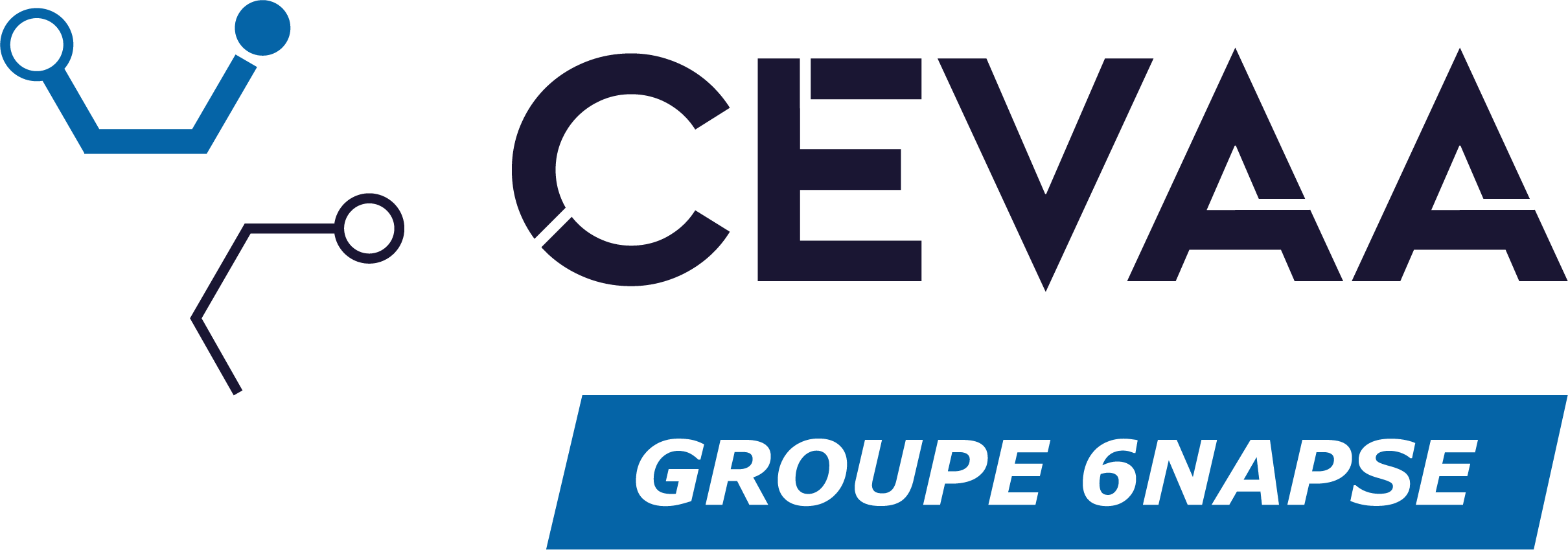Model and data fitting

Numerical simulation is used extensively in the development phases of industrial products. Model and data fitting are essential.
Input data for numerical models and data fitting
To feed these models it is essential to master the input data: geometry, excitation, materials, boundary conditions.
Geometry
Geometry is certainly the most easily accessible input data thanks to the generalization of the digital model and CAD tools.
Regarding the other input data, obtaining and controlling them is more difficult.
Excitation
The excitation can be of mechanical, electrical, thermal or multi-physical origin. Anyway, it is necessary to know the life profile or the mission profile of the studied product to define the excitation data. The CEVAA teams rely on their knowledge of test customization and their material characterization resources to determine, in their laboratory or on the customer site, the product excitation data.
These can be used as input data for a study by numerical simulation or an experimental study of accelerated ageing (vibration endurance, climatic ageing, etc.).
Materials
Materials appear in a digital model as properties assigned to certain product components. In the case of a finite element model, the properties are assigned to elements or groups of elements. Depending on the problem studied, the properties to be entered in a material map are mechanical, thermal and electrical parameters.
For static or thermal problems, the properties of “non-exotic” materials are generally known and can be accessed in databases. On the other hand, for vibratory, acoustic or rapid dynamic problems (crash / impact), the properties of the materials must be determined from characterizations on test specimens.
The CEVAA teams have all the skills and equipment necessary for the development and validation of material maps in acoustics (porous or poro-elastic materials), in vibration (damping materials, sandwiches, composites) and in rapid dynamics.
Boundary conditions
The boundary conditions are a parameter of the model that is difficult to estimate a priori. Indeed, a real product or system is generally in intermediate boundary conditions between the conditions of perfect embedding and the free conditions. It is the same for a system studied in thermal where the boundary conditions depend on the phenomena of convection, conduction and radiation.
Two choices are then possible:
- Either the boundary conditions are idealized and the analysis of the results must take this into account by favoring a relative approach rather than an absolute approach.
- Either the boundary conditions are readjusted in relation to test data (example: springs modeling screw connections) which makes it possible to directly post-process the output values of the model and to correlate them with the measured values.
Calculations et tests by CEVAA
The CEVAA is today, through its dual Calculation & Testing competence, a major player in the supply of input data for numerical models in vibration, acoustics and fast dynamics.

For more information, contact our teams!
